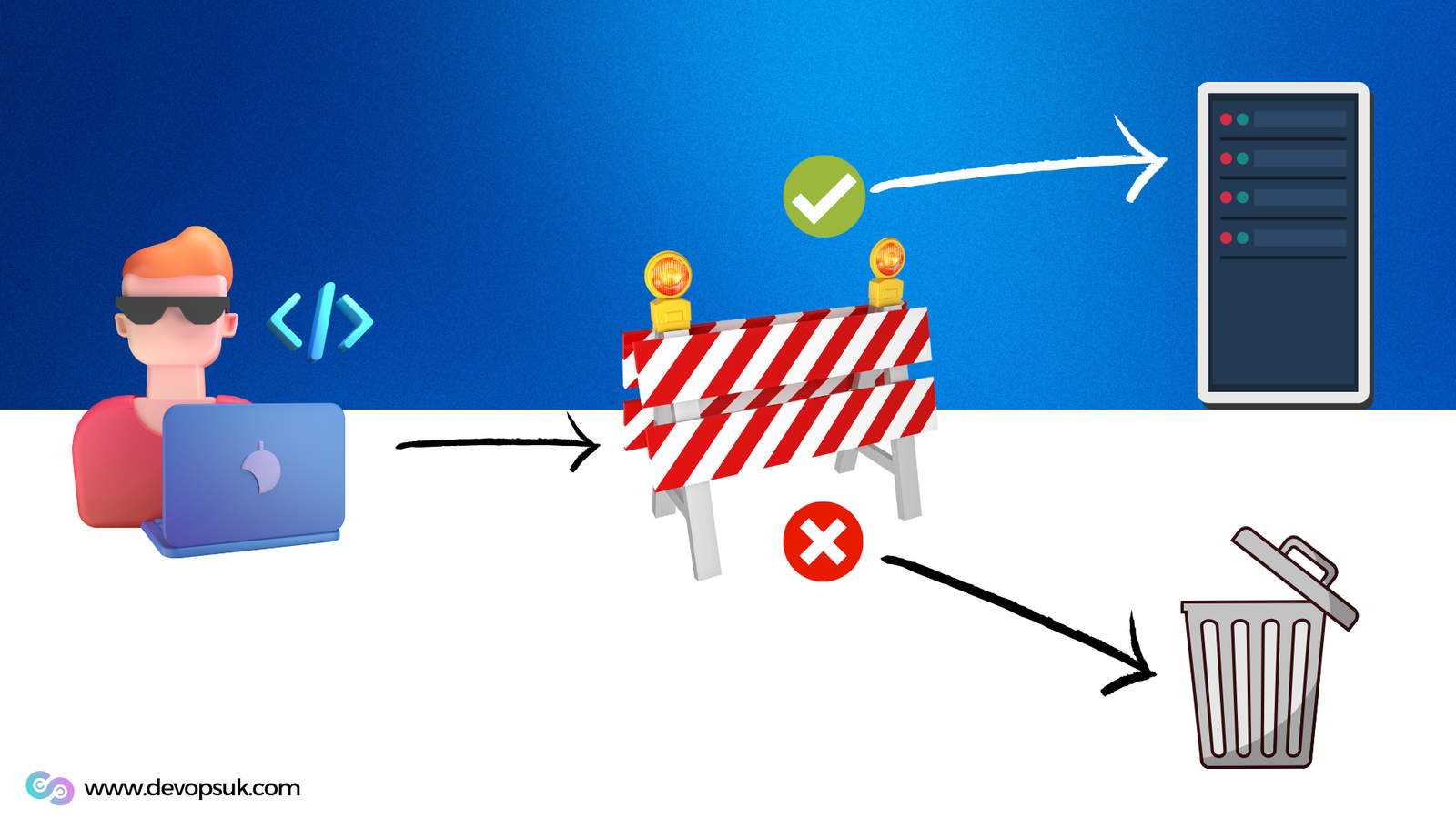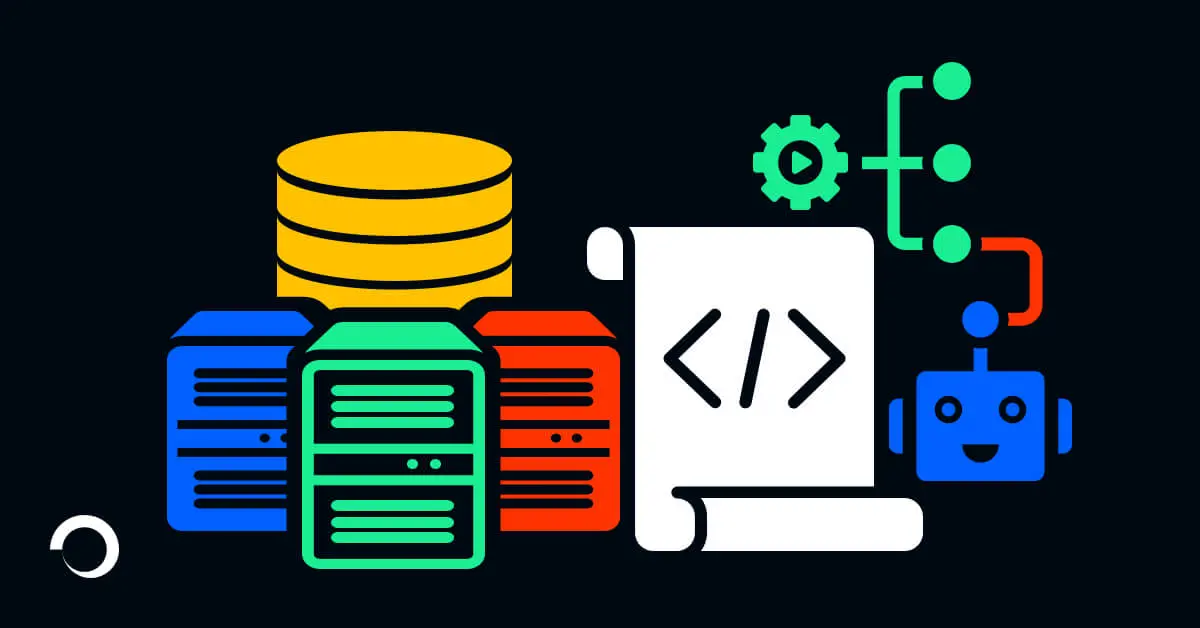
The Importance of Pipeline Quality Gates in Software Development and DevOps
In the world of software development and DevOps, ensuring that code being deployed to production is of high quality and is unlikely to cause issues or outages is critical. One way to achieve this is through the use of pipeline quality gates, which are checkpoints that code must pass through before it can be deployed. In this post, we explore the importance of pipeline quality gates and how to effectively implement them in the software development process.








